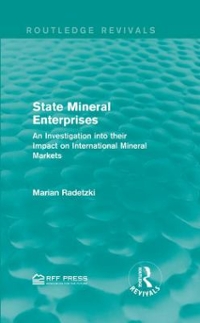Question
watch https://www.youtube.com/watch?v=SXchmYoAMAg 1. What two wars did President Lyndon Johnson fight against in the 1960's? The war on poverty and the Vietnam War. The war
watch https://www.youtube.com/watch?v=SXchmYoAMAg
1. What two wars did President Lyndon Johnson fight against in the 1960's?
- The war on poverty and the Vietnam War.
- The war on poverty and the war on income inequality.
- The war on income inequality and the Vietnam War.
- World War II and the Vietnam War.
2. The aggregate demand (AD) curve shifted so far to the right to the vertical portion of the AS curve causing inflation in the mid 1960's due to the following reasons:
(multiple choices)
- The Federal Reserve lowered interest rates.
- The economy was already in its full capacity.
- The Federal Reserve raised interest rates.
- President Johnson increased government spending
3. The effects of raising the interest rates to fight inflation include:
(multiple choices)
- decreasing the supply of credit in the economy.
- raising investments in the private sector.
- increasing the supply of credit in the economy.
- lowering investments in the private sector.
4. The high inflation in the mid 1970's was spurred by the rising price of foreign oil.
- True
- False
5. The Federal Reserve adjusts (raising and lowering) interest rates to fine tune the economy.
- True
- False
6. The purpose of fine tuning by the Fed is to keep the economy in between inflation and recession.
- True
- False
7. Which of the following best explains how the Federal Reserve lowers the interest rate using Open Market Operations (OMO)?
- To lower the interest rate, the Fed sells government bonds and increases the ability of banks to lend.
- To lower the interest rate, the Fed buys government bonds and decreases the ability of banks to lend.
- To lower the interest rate, the Fed sells government bonds and decreases the ability of banks to lend.
- To lower the interest rate, the Fed buys government bonds and increases the ability of banks to lend.
8. Which of the following best explains how the Federal Reserve raises the interest rate using Open Market Operations (OMO)?
- To raise the interest rate, the Fed buys government bonds and increases the ability of banks to lend.
- To raise the interest rate, the Fed sells government bonds and increases the ability of banks to lend.
- To raise the interest rate, the Fed buys government bonds and decreases the ability of banks to lend.
- To raise the interest rate, the Fed sells government bonds and decreases the ability of banks to lend.
9. How are monetary policy decisions made?
- By the Fed chairman after consulting with the Secretary of the Treasury.
- By vote of the Federal Open Market Committee.
- By vote of Congress after testimony by the Fed Chairman.
- By the Fed chairman alone.
Step by Step Solution
There are 3 Steps involved in it
Step: 1

Get Instant Access to Expert-Tailored Solutions
See step-by-step solutions with expert insights and AI powered tools for academic success
Step: 2

Step: 3

Ace Your Homework with AI
Get the answers you need in no time with our AI-driven, step-by-step assistance
Get Started


